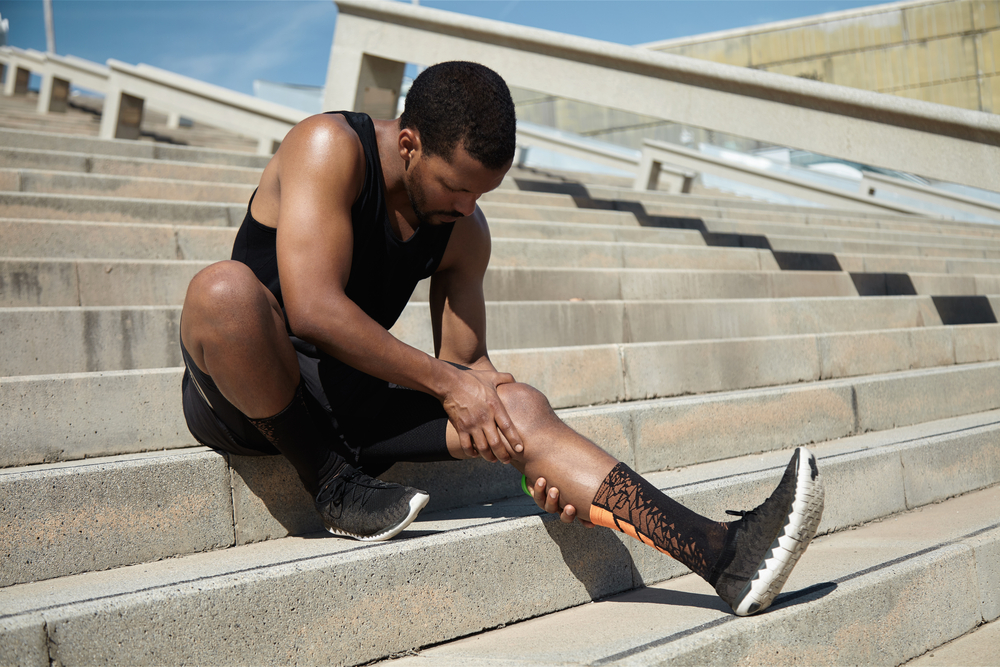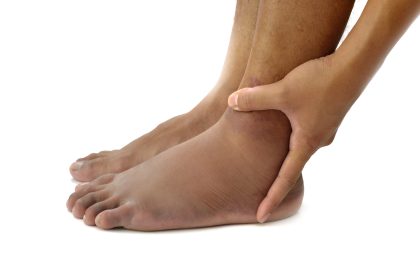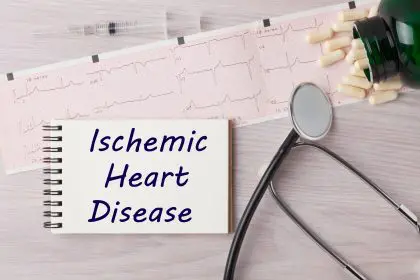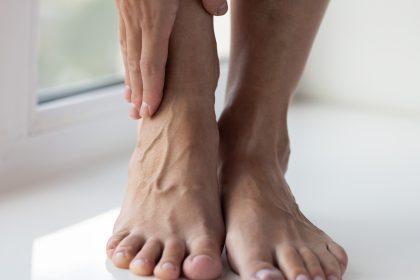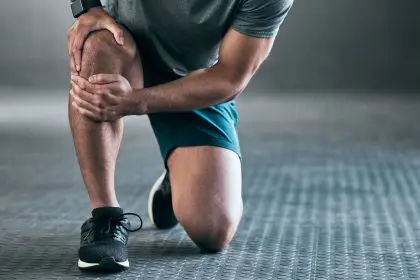Blood clots in the legs can be a serious medical condition that requires immediate attention. Understanding the causes, symptoms, prevention methods, and treatments can help you manage your health better and avoid potential complications. This article will delve into everything you need to know about blood clots in your legs.
Introduction to blood clots in legs
Blood clots, also known as deep vein thrombosis (DVT), occur when blood thickens and clumps together, forming a solid mass. This often happens in the deep veins of the legs, although it can also occur in other parts of the body. DVT can lead to severe health issues, including pulmonary embolism (PE), where a clot breaks loose and travels to the lungs, causing a blockage.
Understanding the risk factors, symptoms, and prevention strategies is crucial for anyone, especially those with higher risk factors. This knowledge can significantly reduce the likelihood of developing DVT and its potentially life-threatening complications.
Causes and risk factors of blood clots in legs
Blood clots can develop for various reasons; some people are more susceptible to them than others. Here are some common causes and risk factors:
- Immobility: Long periods of inactivity, such as sitting during a long flight or being bedridden after surgery, can slow down blood flow in the legs, increasing the risk of clots.
- Injury or surgery: Damage to veins from an injury or surgical procedure can lead to clot formation.
- Medical conditions: Certain medical conditions, such as cancer, heart disease, and inflammatory bowel disease, can increase the risk of blood clots.
- Genetics: A family history of blood clots or inherited clotting disorders can elevate your risk.
- Hormones: Pregnancy, hormone replacement therapy, and birth control pills can increase the likelihood of clotting.
- Lifestyle factors: Smoking, obesity, and a sedentary lifestyle contribute to the risk of developing blood clots.
Symptoms of blood clots in legs
Recognizing the symptoms of a blood clot in your leg can prompt timely medical intervention, potentially saving your life. Common symptoms include:
- Swelling: One of the most noticeable symptoms is swelling in the affected leg, particularly in the calf or thigh.
- Pain: You might experience pain or tenderness in the leg, which can start as a cramp and gradually intensify.
- Redness and warmth: The skin around the clot may become red and warm to the touch.
- Discoloration: Your leg might appear reddish or bluish due to the restricted blood flow.
- Visible veins: Superficial veins on the leg may become more noticeable.
Diagnosing blood clots in legs
If you suspect you have a blood clot, seeking medical attention promptly is essential. Diagnosis typically involves the following steps:
- Medical history and physical exam: Your doctor will review your medical history and conduct a physical exam to check for signs of DVT.
- Ultrasound: A Doppler ultrasound is the most common diagnostic test for DVT. It uses sound waves to create images of the blood flow in your veins.
- D-dimer test: This blood test measures a substance released when a blood clot breaks up. High levels might indicate the presence of an abnormal blood clot.
- Venography: In some cases, an X-ray test called venography may be used. In this test, a dye is injected into a large vein to make the blood vessels visible on the X-ray.
Treatment options for blood clots in legs
Treating blood clots promptly is crucial to prevent complications such as pulmonary embolism. Treatment options include:
- Anticoagulants: Also known as blood thinners, these medications prevent new clots from forming and stop existing clots from growing. Common anticoagulants include warfarin and heparin.
- Thrombolytics: In severe cases, thrombolytic agents, or clot busters, dissolve clots quickly. These are typically administered in a hospital setting.
- Compression stockings: Wearing compression stockings can help reduce swelling and prevent the formation of new clots.
- Inferior vena cava (IVC) filter: For patients who cannot take blood thinners, an IVC filter may be placed in the large vein (vena cava) to catch clots before they reach the lungs.
Preventing blood clots in legs
Prevention is always better than cure, especially regarding blood clots. Here are some effective strategies to reduce your risk:
- Stay active: Regular physical activity helps improve blood flow. If you’re sitting for long periods, take breaks to stand up and move around.
- Maintain a healthy weight: Obesity increases the risk of DVT, so maintaining a healthy weight through diet and exercise is important.
- Hydrate: Staying well-hydrated helps keep your blood thin and reduces the risk of clotting.
- Wear compression stockings: If you’re at risk, wearing compression stockings can help prevent blood clots.
- Follow medical advice: If you’ve had surgery or have a medical condition that increases your risk, follow your doctor’s advice regarding medications and lifestyle changes.
Conclusion: Staying vigilant against blood clots
Understanding blood clots in your legs is essential for maintaining your health and preventing serious complications. By being aware of the causes, recognizing symptoms early, and following prevention strategies, you can significantly reduce your risk. If you suspect a blood clot, seek medical attention immediately to ensure prompt treatment.
Staying informed and proactive about your health can make a significant difference. Regular check-ups and following medical advice can help you manage risk factors effectively. Remember, your health is in your hands, and taking steps to prevent blood clots can lead to a healthier, more active life.
This story was created using AI technology.

